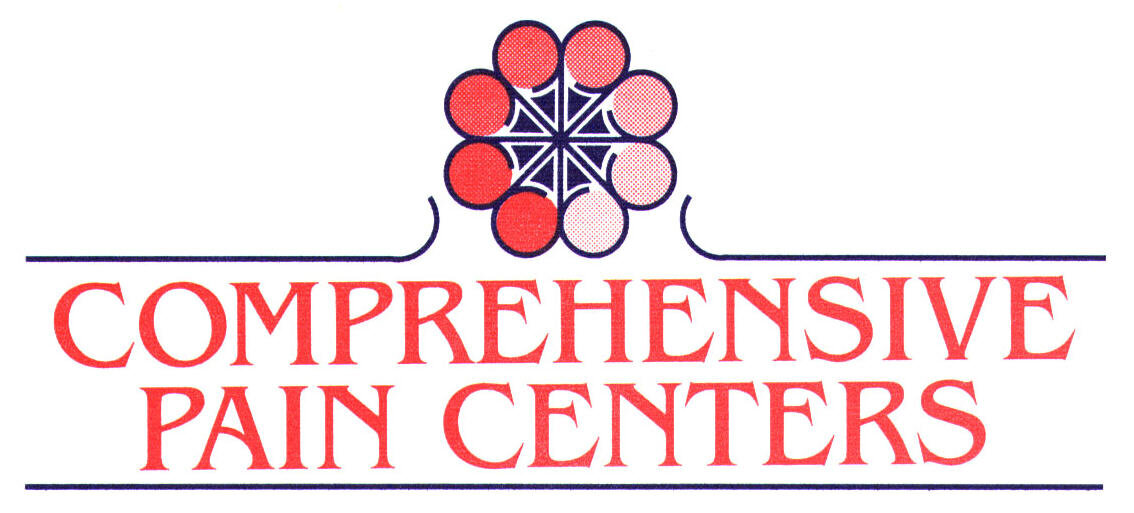Chronic Pain Statistics
More than 1 in 5 adults in the U.S. experience chronic pain. (source)
Approximately 8% of adults have high-impact chronic pain. (source)
Most (84%) of high-impact chronic pain patients are unable to work outside of the home. (source)
Chronic pain is the No. 1 cause of disability and disease burden globally. (source)
Chronic pain is significantly more prevalent in women than men. (source)
About 65% of adults ages 65 and older experience chronic pain. (source)
Adults with less than a high school education make up 24% to 28% of all chronic pain patients. (source)
Adults with public health insurance are more likely to report chronic pain than those with private health insurance. (source)
Chronic pain is associated with having a total family income of less than $25,000. (source)
80% of adults in the U.S. will experience back pain at some point in their life. (source)
More than 4 million people have chronic daily migraines. (source)
Chronic neuropathic pain affects 3% to 17% of adults. (source)
About 15 million adults report severe joint pain due to arthritis. (source)
Approximately 75% of cancer patients live with chronic pain. (source)
Women report greater cancer pain severity than men. (source)
An estimated 40% of cancer patients experience neuropathic pain. (source)
Approximately 20% of lung cancer patients experience pain at the time of their diagnosis. (source)
More than 60% of pleural mesothelioma patients report experiencing pain in the chest. (source)
Approximately 30% to 50% of peritoneal mesothelioma patients report experiencing pain in the abdomen. (source)
People with chronic pain are three times more likely to develop depression and anxiety than those without chronic pain. (source)
Approximately 21% to 29% of patients misuse opioids prescribed for chronic pain. (source)
Misuse of prescription opioids causes 17,000 overdose deaths annually. (source)
People with chronic pain have at least twice the risk of suicide than those without chronic pain. (source)
Chronic pain costs approximately $560 to $635 billion annually in medical expenses, disability programs and lost productivity. (source)
The total cost of chronic pain is more than that of cancer, diabetes and heart disease. (source)
Prescription opioids cost an average of more than $800 out of pocket annually. (source)
Patients with moderate pain pay $4,516 more in annual health care costs than those with no pain. (source)
Patients with severe pain pay $3,210 more in annual health care costs than those with moderate pain. (source)
Prescription medication relieves pain in approximately 58% of people living with chronic pain. (source)
Approximately 16% to 19% of chronic pain patients receive at least a 90-day supply of prescription opioids. (source)
About 95% of cancer-related pain can be successfully treated. (source)
Exercise can reduce pain sensitivity by 60%. (source)
Only 36% of chronic pain patients report having “good” or “very good” sleep quality. (source)
